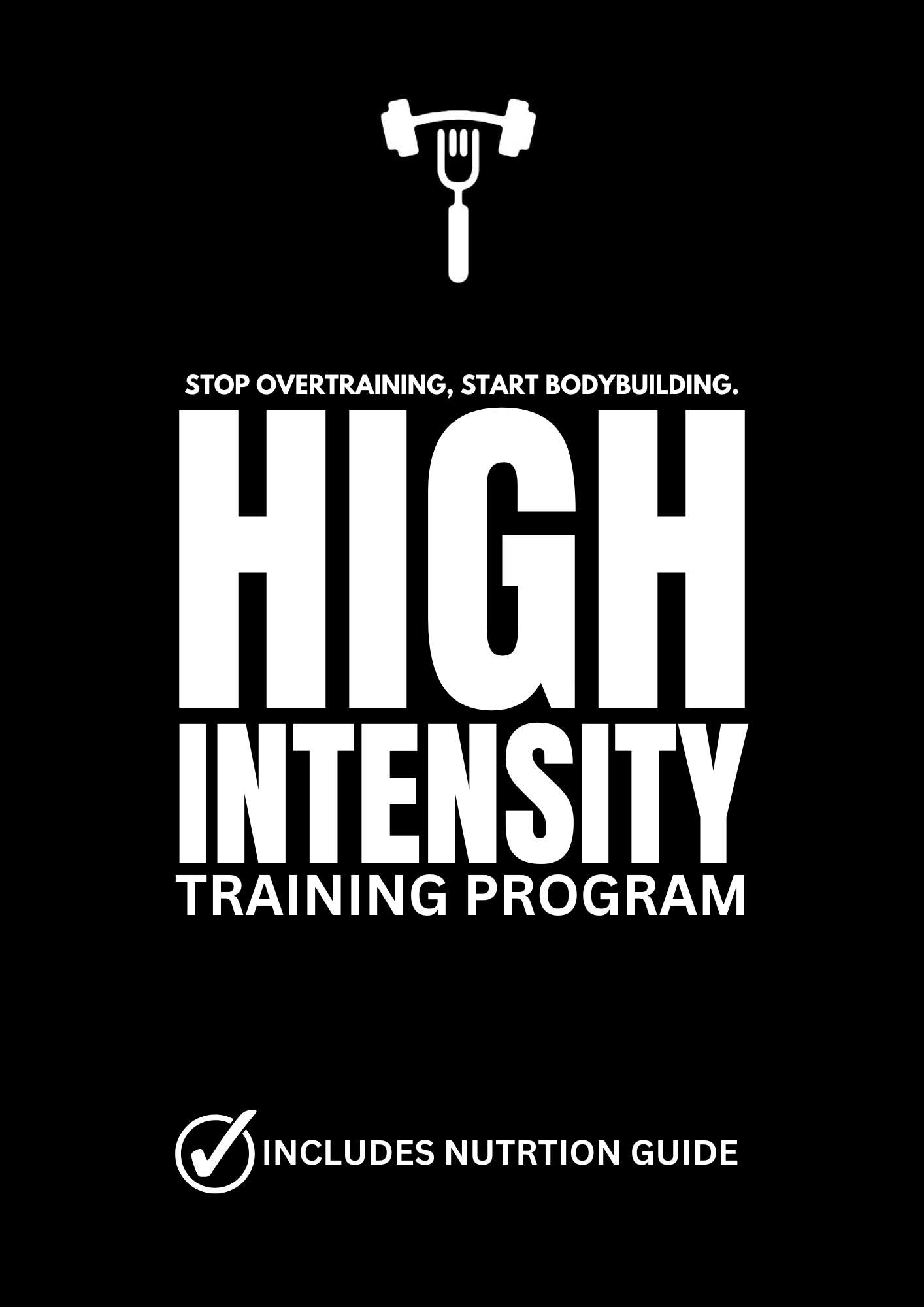Close Grip Pull-Downs vs Wide Grip

Strength training enthusiasts are often on the lookout for the most effective exercises to target specific muscle groups. When it comes to sculpting a well-defined back, pull-down variations stand out as quintessential movements. Among these variations, wide grip and close grip pull-downs reign supreme, each offering unique benefits. In this article, we delve into the nuances of these variations and make a compelling case for the superiority of close grip pull-downs.
Wide Grip Pull-Downs: A Classic Choice
Wide grip pull-downs are a staple in many workout routines, cherished for their ability to engage the upper back and lats. The wide hand placement elongates the range of motion, effectively targeting the outer portions of the back muscles. This exercise is particularly effective for individuals aiming to widen their back and achieve a V-taper physique.
Engaging in wide grip pull-downs stimulates the lats to a significant degree, contributing to overall back strength and size. However, despite its popularity, this variation comes with inherent limitations. The wide grip can place excessive stress on the shoulder joints and may lead to discomfort or injury, especially for those with pre-existing shoulder issues. Moreover, the emphasis on the outer back muscles might overshadow the development of other crucial muscles, potentially resulting in muscular imbalances.
Close Grip Pull-Downs: The Unsung Hero
In contrast, close grip pull-downs offer a more nuanced approach to back training, with a focus on the lower lats and the middle back muscles. By bringing the hands closer together on the bar, this variation shortens the range of motion and places greater emphasis on the lower portion of the lats. Additionally, close grip pull-downs activate the middle back muscles, including the rhomboids and rear deltoids, facilitating balanced muscular development.
One of the most significant advantages of close grip pull-downs lies in their shoulder-friendly nature. The narrower hand placement reduces the stress on the shoulder joints, making it a safer option for individuals prone to shoulder discomfort or injury. Furthermore, the shortened range of motion allows for better control and mind-muscle connection, enabling lifters to maintain proper form throughout the exercise.
Why Close Grip Pull-Downs Reign Supreme
While both wide grip and close grip pull-downs have their merits, the latter emerges as the superior choice for several reasons. Firstly, close grip pull-downs offer a more comprehensive activation of the back muscles, targeting both the upper and lower portions with precision. This balanced engagement promotes symmetrical muscle development and reduces the risk of imbalances.
Moreover, the shoulder-friendly nature of close grip pull-downs makes them accessible to a broader range of individuals, including those with shoulder issues or mobility restrictions. By minimizing joint stress, this variation allows lifters to perform the exercise with proper form and intensity, maximizing muscle recruitment and minimizing the risk of injury.
In conclusion, while wide grip pull-downs hold nostalgic appeal and remain a valuable addition to any back training regimen, close grip pull-downs emerge as the undisputed champion. With their ability to effectively target the entire back musculature while prioritizing shoulder health and joint integrity, close grip pull-downs stand out as the ultimate choice for achieving a strong, well-defined back. So, next time you hit the gym, consider embracing the power of the close grip – your back will thank you for it.

